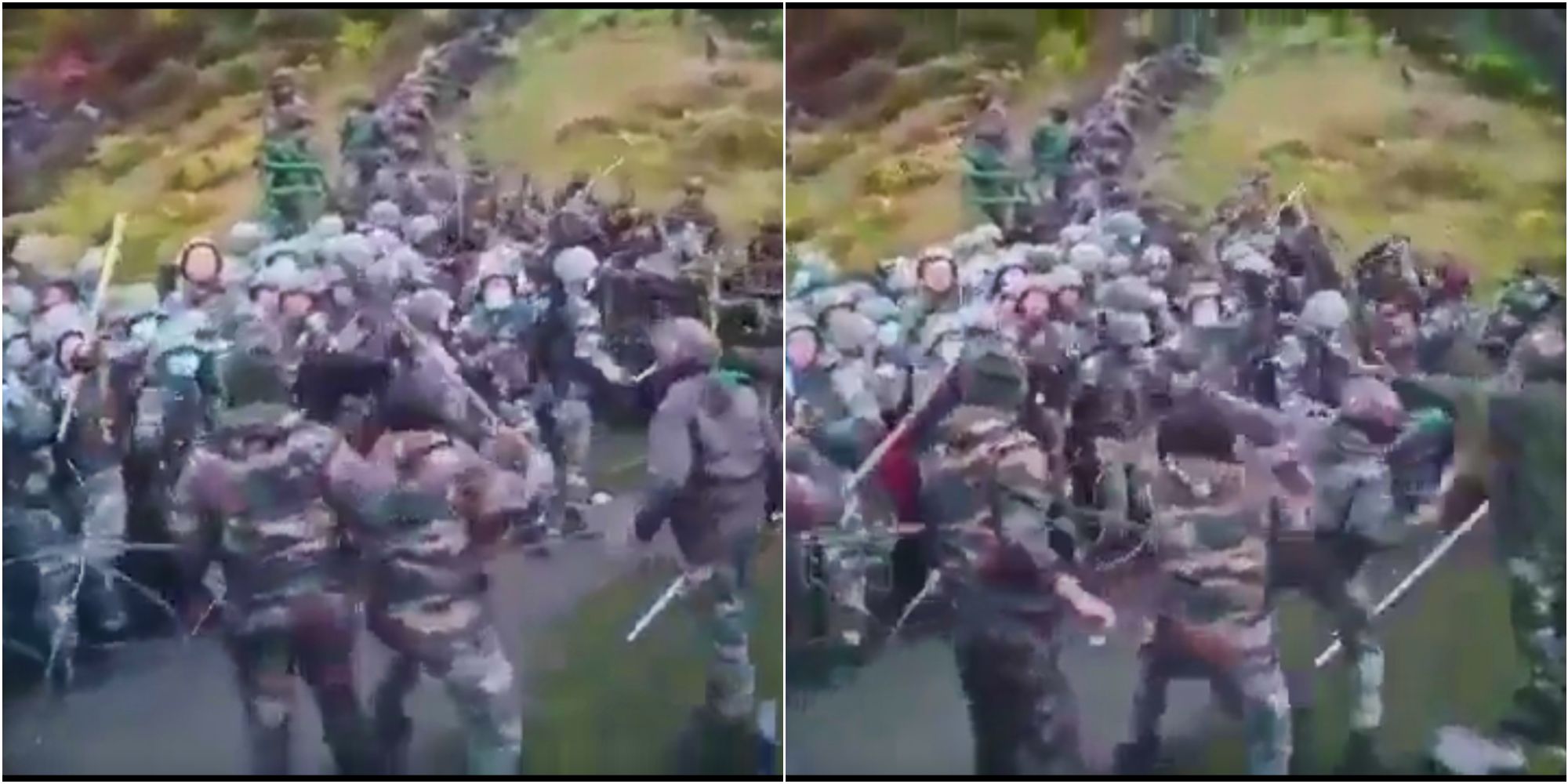Special Agent 007, aka James Bond of the British intelligence agency MI-6, is the most renowned special agent in the world. The agent carries out the most complex and life-threatening missions with finesse and has a knack for surviving against all odds.
Real life, however, is not that predictable.
Keeping this in mind, the Chinese military and scientists have started the task of developing drones that can replace special agents in the coming decade to carry out high-risk military operations overseas without risking human life.
A unit of the People’s Liberation Army (PLA) has been working in the bustling city of Chengdu in southwest China along with a team of scientists to develop these complex drones to execute operations in foreign countries.
China’s stated position is that it does not interfere in the internal affairs of other countries, and its military’s overseas operations have always been cloaked in secrecy.
However, with human operators come the risk of being captured by adversaries and wreaking havoc with the military plans. The research to replace human agents in special operations using technology is indicative of how the Chinese approach to espionage will pan out in the future.
In a recent paper published in the Fire Control & Command Control journal, the PLA’s 78092 unit discusses a fictitious special operation overseas. The theoretical plan intends to serve as a guideline for Chinese companies and researchers working on drone technology.
As reported by the South China Morning Post, the operation is set in 2035 when a small-scale conflict erupts between China and one of its neighbors, with whom it shares a border.
Without naming the country, the paper mentions that a river with an average depth of 30 meters runs along its border. Incidentally, the River Brahmaputra (known as Yarlung Tsangpo in China) flows from Tibet to India.
In the case study, both countries decided to stick to using small arms, small boats, drones, and anti-aircraft guns to avoid escalation. In this scenario, the UAV would be required to traverse long distances, dive deep underwater, and remain submerged for long periods, awaiting the opportune moment. When required, it will re-emerge from the water to throw a punch before going beneath the water surface again.
The Chinese military’s special mission entailed targeting the enemy’s critical command and logistics hub that lies along a river, some 40 kilometers inside from the border.
The Chinese armed forces, for this mission, require a drone that can operate both alone and in swarms; it should be able to fly as well as navigate river depths to avoid detection by the adversary and should be able to maneuver to avoid obstacles both in the air and in the water.
The PLA wants to give more teeth to the drones by making them able to operate with precision and beyond visual range without human intervention. They should be able to hover over the battlefield to assess the damage and take further action if required. It should be able to pursue fleeing enemy combatants and return to Chinese territory by annihilating the enemy in totality.
China Leads Drone Innovation
China has long ensconced itself at the forefront of drone innovation. More than 80 percent of commercial drones in the world are made by Chinese companies. Shenzhen-based DJI commands 70 percent of the world’s consumer drone market alone.
Now, China is carefully factoring unmanned systems into its military planning. A 2019 China defense white paper stated that “there is a prevailing trend to develop long-range precision, intelligent, stealthy or unmanned weaponry or equipment” and added that “intelligent warfare is on the horizon.”
Since then, Beijing has been able to develop strike-capable and non-weaponized systems for intelligence, surveillance, and reconnaissance (ISR) missions. In the 2000s, a drone was synonymous with American MQ-9s, but a 2018 Department of Defense report concludes that China “is closing the gap with the US Air Force across a spectrum of capabilities, gradually eroding longstanding US technical advantages.”
Its Wing Loong and Caihong (CH) series have helped China’s military exports, particularly to the Middle East and North Africa. Its fleet of reconnaissance drones includes the High-Altitude Long Endurance (HALE) Soaring Dragon and Cloud Shadow.

While the Chinese military has not demonstrated drone strikes, it has deployed UAVs in non-combat scenarios. But its ambition is fast changing.
CH-5 is almost identical to Reaper. It is larger than the Reaper, but its payload capacity is roughly 1200 kg, which is 500 kg less than that of the Reaper. Like other Chinese aerial platforms, CH-5 is limited by its engine. But it boasts an operational endurance of 60 hours, which is more than double the Reaper’s fly time of 27 hours.
The development of the latest version in the series CH-7 stealth drone is expected to finish this year.
In 2023, Chinese researchers developed a new method of enabling UAVs to maneuver, acquire, and potentially attack targets in global-positioning-system (GPS) “denied” environments. The drone proposes to use “image-based visual servoing” (IBVS) to “lock on” to hostile assets. This method, the researchers suggest, can be used to acquire targets, even quickly moving ones.
This technology is likely to find application in military drones. Till now, human operators have been required to give the “kill command.” But increased use of Artificial Intelligence and drone autonomy, like the ability to work in GPS-denied areas, means humans will soon be taken out of the chain of command.
- Ritu Sharma has been a journalist for over a decade, writing on defense, foreign affairs, and nuclear technology.
- She can be reached at ritu.sharma (at) mail.com
- Follow EurAsian Times on Google News




